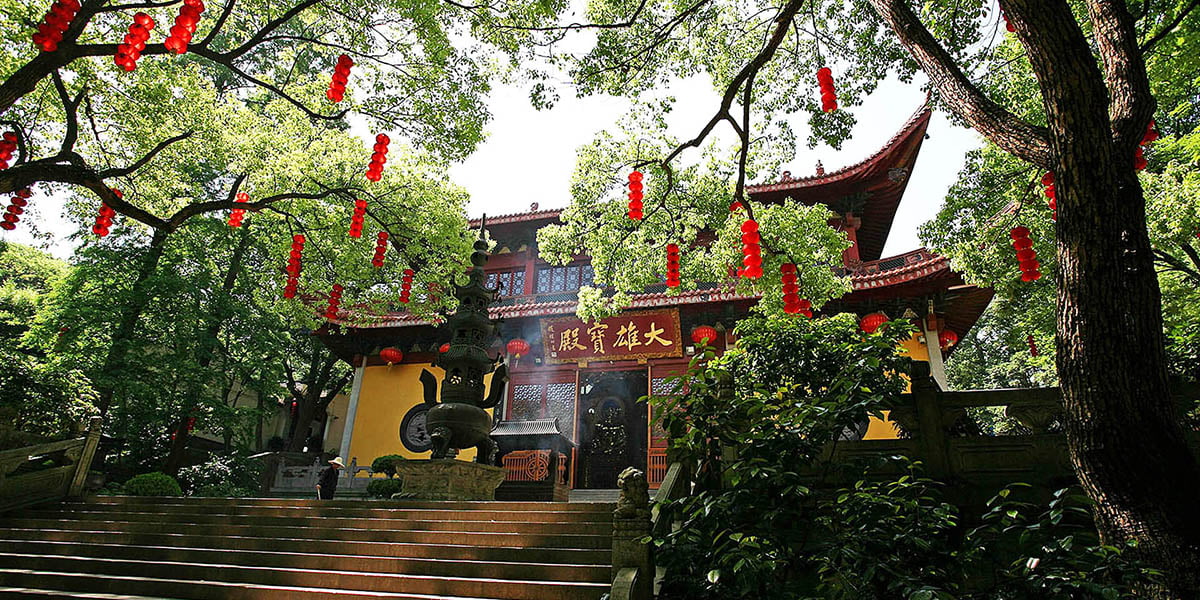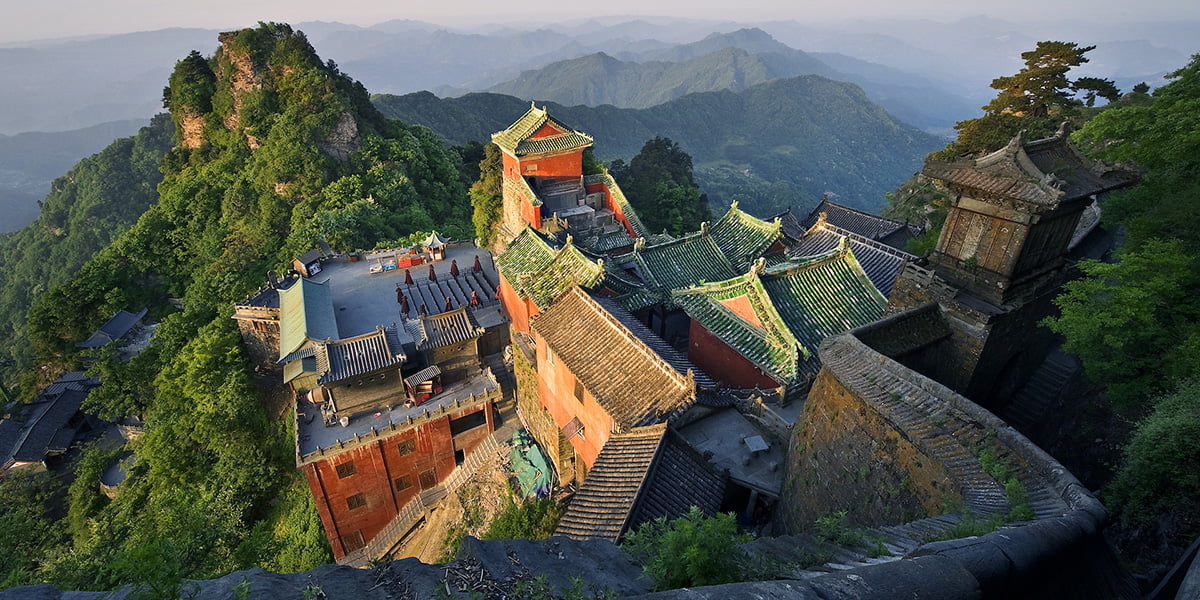Discover the Philosophy and Symbolism of Chinese Gardens: A Journey through China’s Living Art
China, a country steeped in millennia-old traditions and breathtaking landscapes, offers a unique blend of ancient culture and modern marvels. Amidst its urban skyscrapers and ancient temples, there’s a lesser-known gem that invites travelers into the depths of Chinese culture – the Chinese Garden. More than just a collection of plants and ponds, each Chinese Garden is a reflection of philosophy, art, and symbolism. If you’re planning to travel and immerse yourself in Chinese culture, exploring these gardens will transport you into a world where nature and thought merge seamlessly.

The Philosophy Behind Chinese Gardens
Chinese Gardens aren’t merely spaces for relaxation; they’re constructed narratives of philosophy and life lessons. Every rock, water body, plant, and pavilion has a purpose and a message. Drawing heavily from Taoism and Confucianism, these gardens aim to capture the essence of nature, symbolizing harmony, balance, and the transient nature of existence.
- Harmony with Nature: Taoist principles emphasize the importance of living in harmony with nature. Thus, Chinese Gardens often blur the boundaries between the natural environment and man-made structures. Water, an integral element, represents the ever-flowing nature of life, while rocks stand as symbols of strength and permanence.
- Balance (Yin and Yang): The concept of Yin and Yang, the dual forces in nature, plays a vital role in garden design. Dark and light, hard and soft, solid and empty, all find representation in the gardens’ layout, ensuring that no single element overpowers another.
- Confucian Lessons: Confucianism emphasizes moral integrity, and this philosophy finds subtle expressions in the gardens. Pavilions and courtyards represent societal structures, while the open spaces between them signify the moral virtues individuals should aspire to cultivate.

Exploring Chinese Gardens: Cities and Their Hidden Gems
As you traverse the vast expanse of China, you’ll discover that different cities offer unique interpretations of the Chinese Garden, each influenced by its local culture and history.
- Suzhou: Often dubbed as the ‘City of Gardens’, Suzhou houses some of China’s most renowned classical gardens. The Humble Administrator’s Garden and the Lingering Garden are UNESCO World Heritage sites, each offering a tranquil escape from urban hustle. Meandering through their intricate paths, one can almost hear the whispers of ancient scholars debating Confucian philosophies.
- Beijing: The nation’s capital, known for its grand structures like the Forbidden City, also boasts the enchanting Summer Palace. This garden, set against the backdrop of Kunming Lake, captures the grandeur of China’s imperial past. The palace gardens meld perfectly with their surroundings, a testament to the Chinese principle of oneness with nature.
- Hangzhou: The West Lake in Hangzhou is not just a lake but an expansive garden in itself. Surrounded by temples, pagodas, and smaller gardens, the lake area epitomizes the integration of humans and nature. A boat trip here is akin to sailing through a living Chinese painting.
- Chengdu: Home to the iconic pandas, Chengdu also shelters the Qingyang Palace garden. Infused with Taoist elements, this garden is a serene space where travelers can meditate on the intertwined relationship between humanity and the cosmos.

The Connection to Travel: Rediscovering China through its Gardens
Travel isn’t just about moving from one place to another; it’s about experiencing, understanding, and growing. Chinese Gardens, with their deep philosophical underpinnings, offer travelers a chance not just to explore but to reflect. Each garden visit becomes a journey within, prompting questions about balance, harmony, and our place in the larger scheme of things.
Moreover, these gardens are often located in cities rich in other cultural experiences. So, a trip planned around the exploration of Chinese Gardens can become a comprehensive dive into the heart of Chinese culture. After a day spent deciphering the symbolism in garden design, one could indulge in local cuisine, participate in traditional festivities, or simply engage with locals to understand modern Chinese life’s nuances.

Conclusion: Embrace the Living Art of China
In a world increasingly dominated by screens and urban sprawl, Chinese Gardens emerge as spaces of solace and contemplation. They invite us to slow down, to observe, and to contemplate. As every seasoned traveler knows, the best trips are those that transform us, that give us new perspectives and insights. In these gardens, China offers a journey both external and internal.
Whether you’re a seasoned traveler or someone looking to explore China’s rich cultural tapestry for the first time, let Chinese Gardens guide your way. Dive deep into their philosophy, wander through the cities that house them, and let the age-old wisdom of balance and harmony influence your journey. Your Chinese odyssey, filled with tranquility, reflection, and cultural immersion, awaits.
Remember, travel isn’t just about seeing new places; it’s about experiencing them. And in the heart of China, amidst the lush greenery and serene waters of its gardens, a unique experience awaits every traveler.





